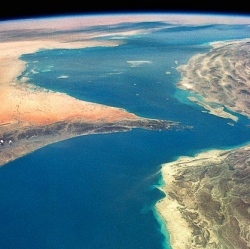
The Indian Space Research Organisation may have to delay the first test flight of its experimental Reusable Launch Vehicle-Technology Demonstrator (RLV-TD) spaceplane. The unmanned sub-orbital spacecraft, which is similar in design to the US Air Force’s X-37B, was scheduled to be launched in February.
According to a report in the New Indian Express, a minor leak in the flight systems of the RLV-TD led to the potential setback. K Sivan, director of the Vikram Sarabhai Space Centre (VSSC), where the craft is being developed, told the paper that the spacecraft needed to be reassembled, which could cause a significant delay if more problems occur.
The RLV-TD is a two-stage scaled prototype of India’s Avatar spacecraft designed to drastically reduce the cost of launching payloads into orbit from US$5,000 per kilogram (2.2 lb) to US$500. RLV-TD is a winged technology demonstrator for testing flight and propulsion systems that will allow the completed Avatar to return to Earth for a controlled landing like a conventional aircraft.
A series of flights of the will test the RLV-TD’s ability to carry out hypersonic flight, landings, return flight, and scramjet propulsion before a full-sized vehicle is built. The demonstrator will lift off atop a conventional rocket booster, which will accelerate it to Mach 5 (3,800 mph, 6,125 km/h). After separation, the winged craft will coast to an altitude of 100 km (62 mi) before making a controlled reentry.
When the atmosphere is thick enough, the flight surfaces take over and the RLV-TD will glide to the recovery area for a splashdown in the Bay of Bengal. The sea recovery is necessary because the spaceplane requires a 5 km- (3.1 mi-) long runway, which India does not currently possess.
This is the third delay for the program, which had an initial launch date in mid-2015.
